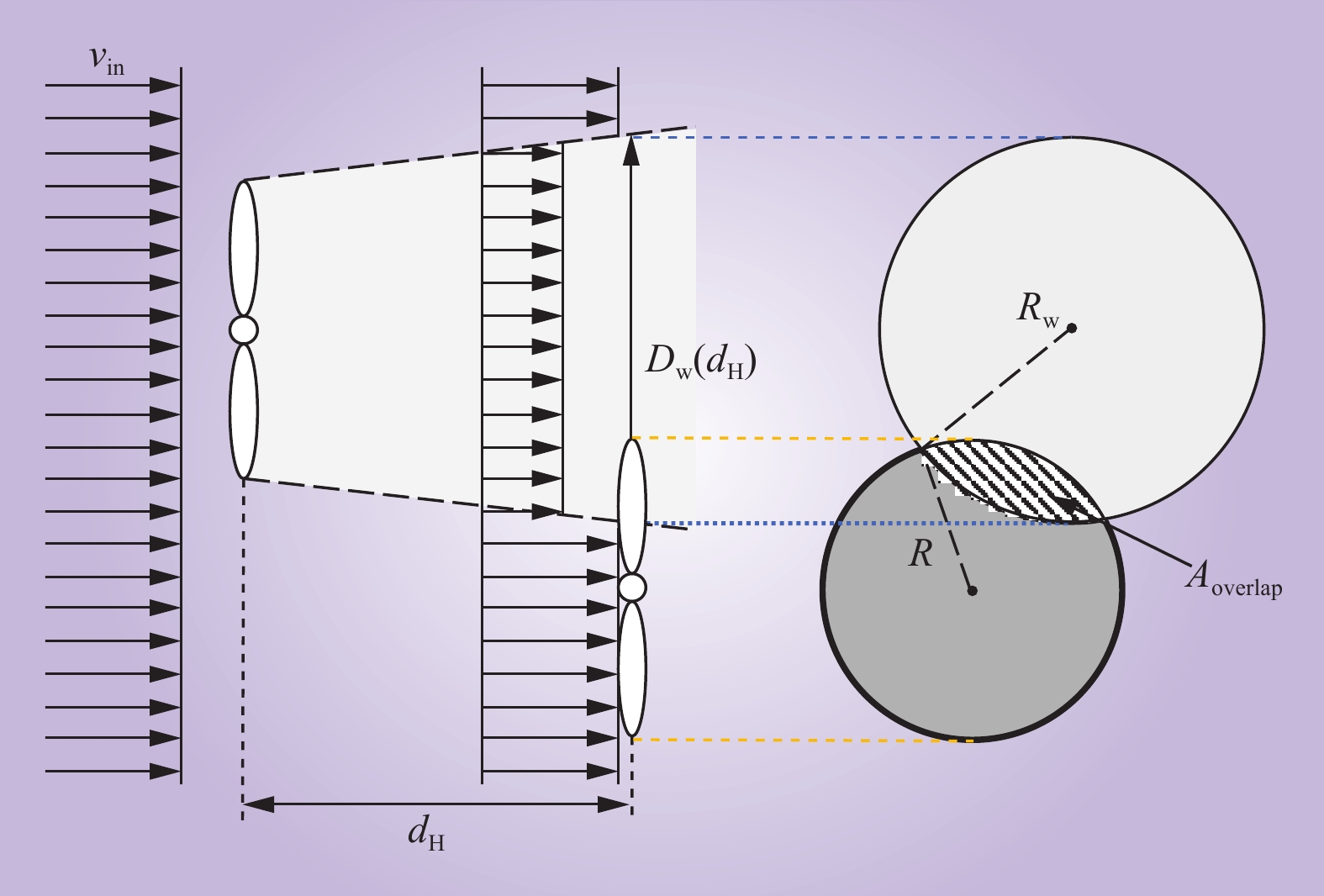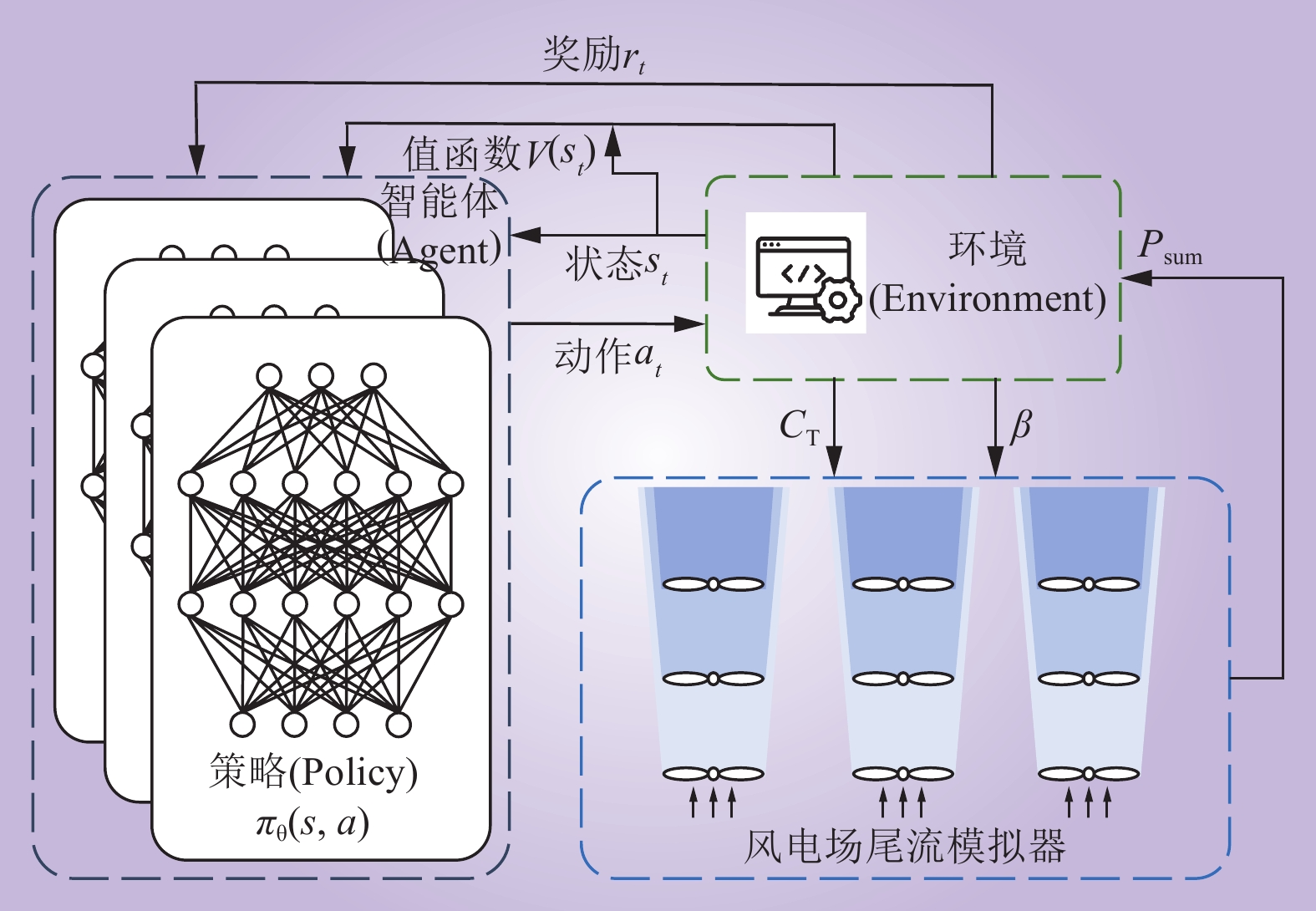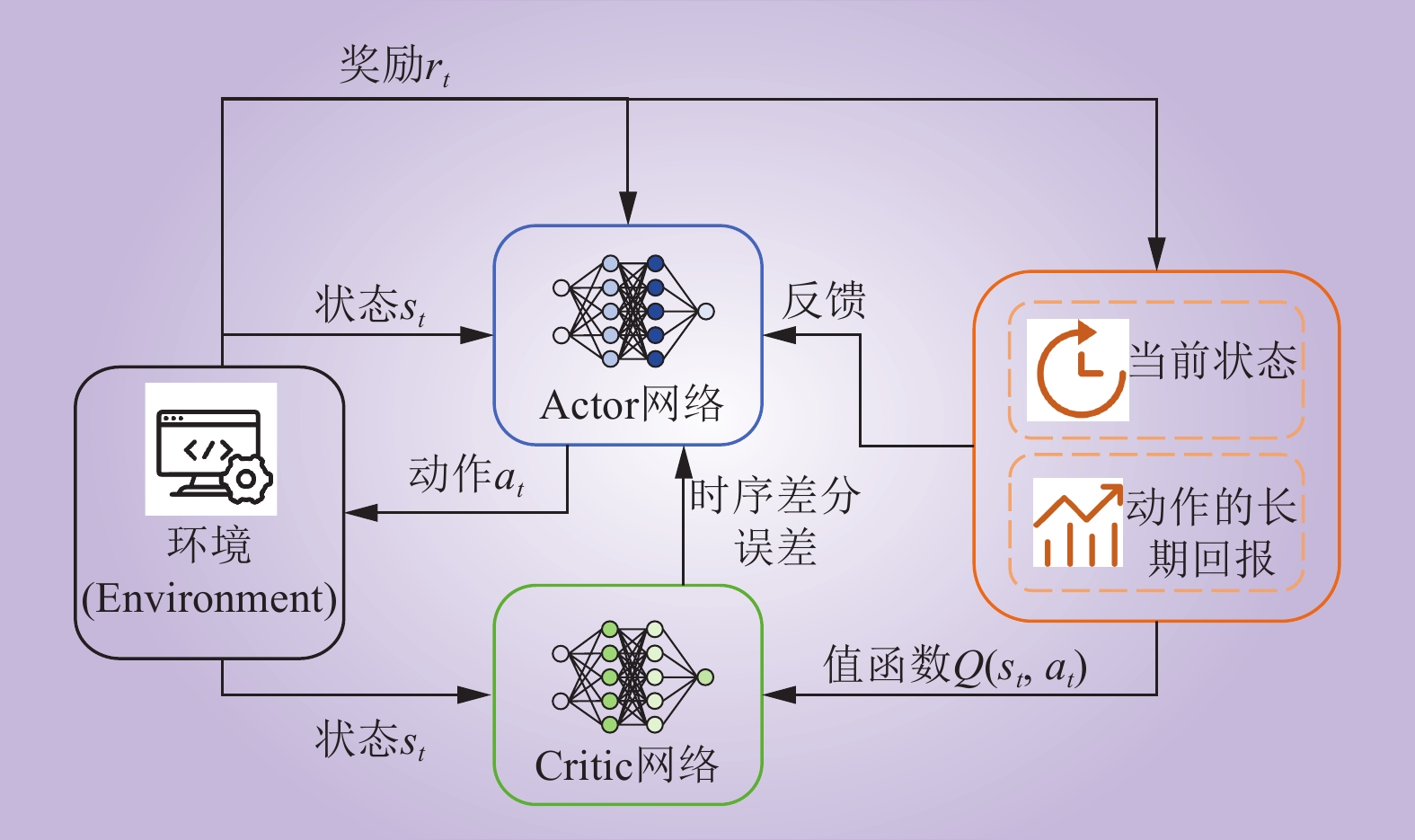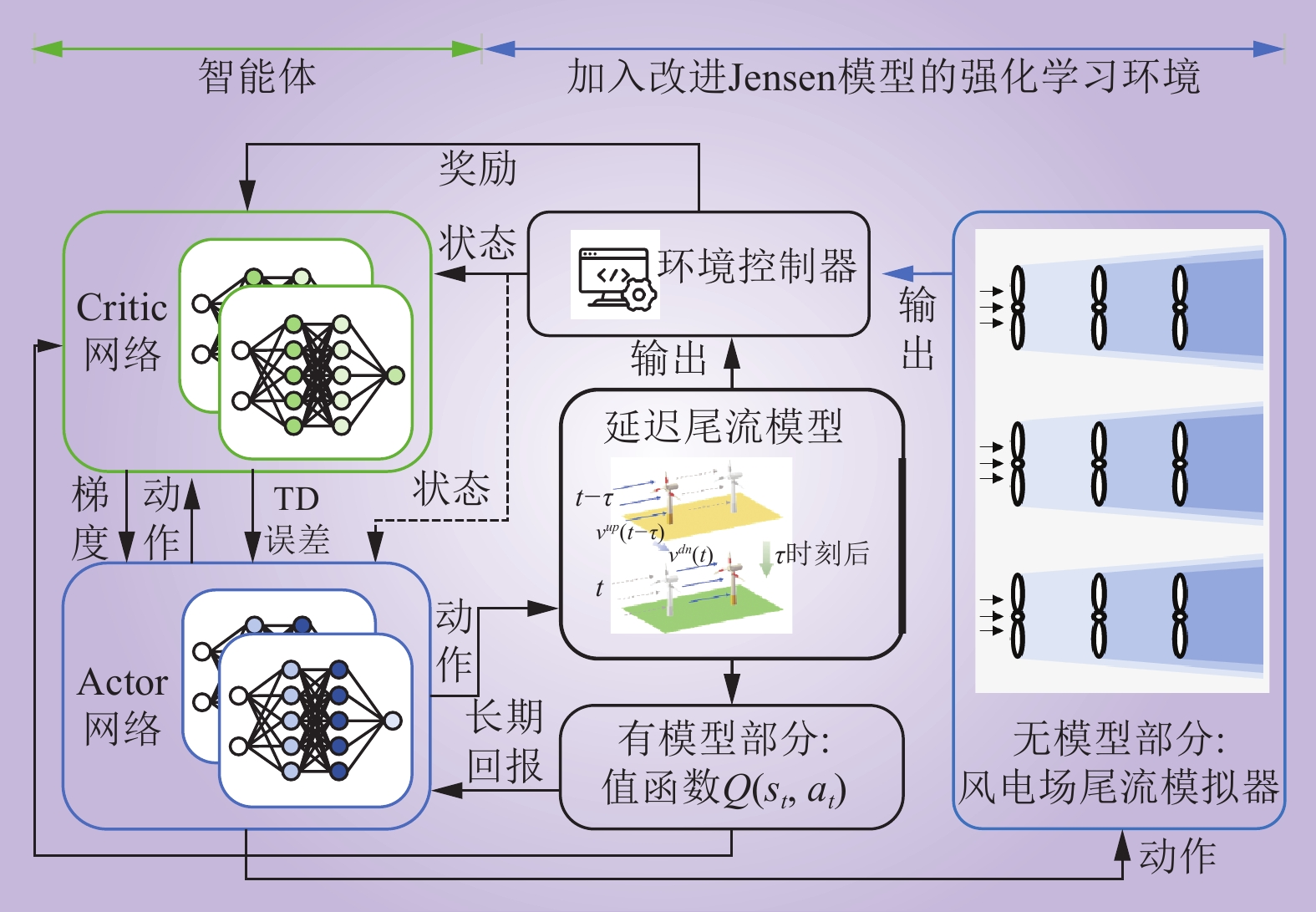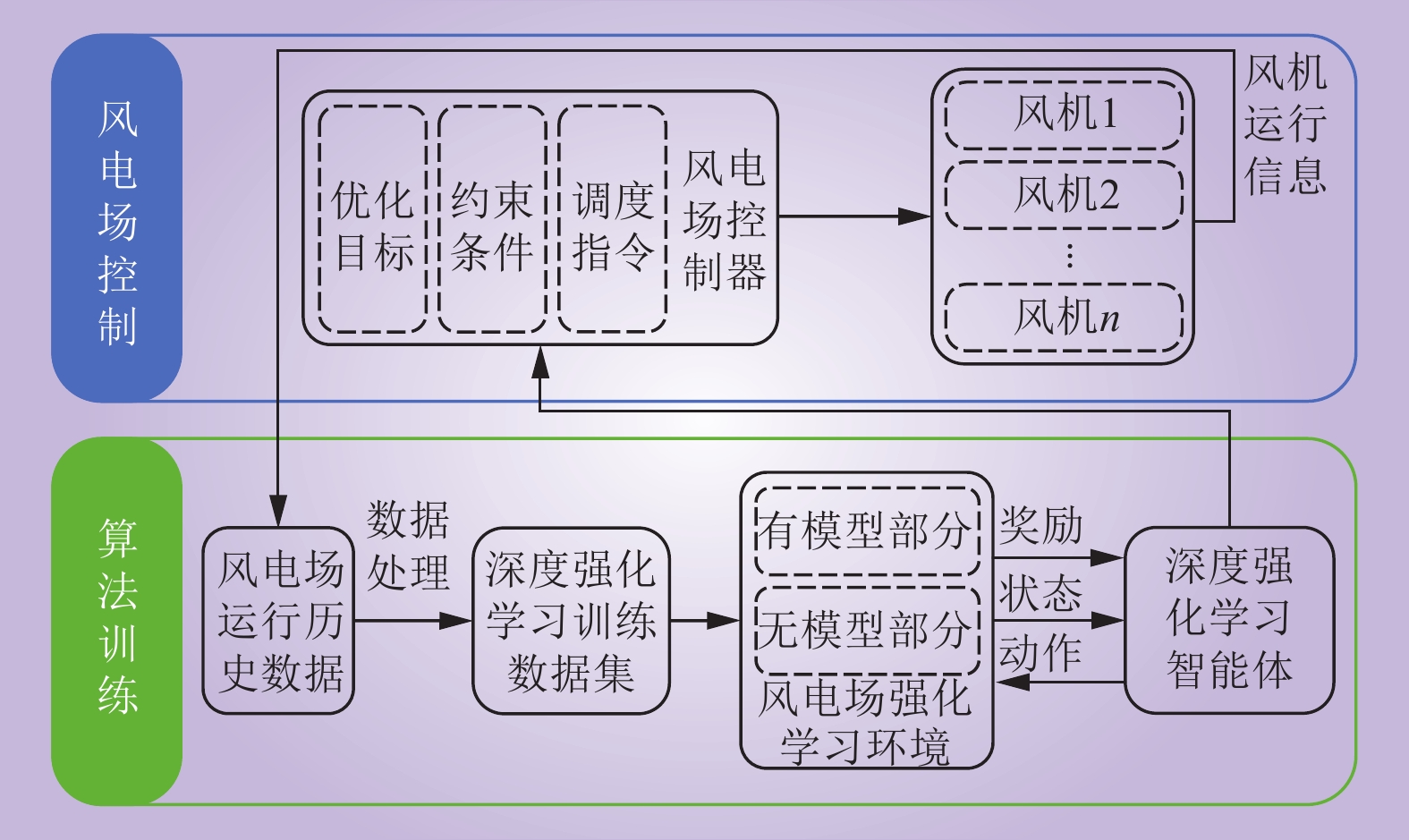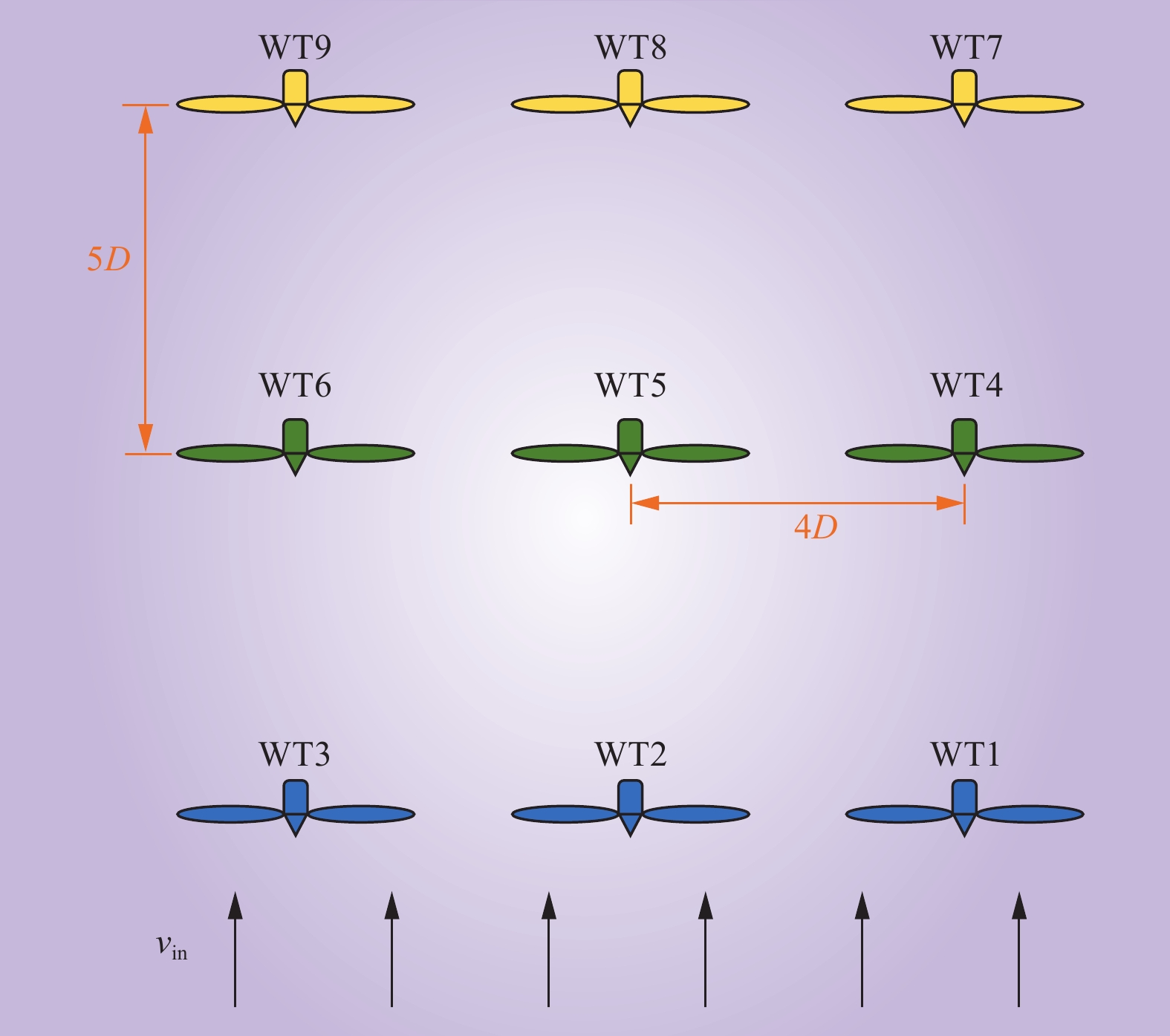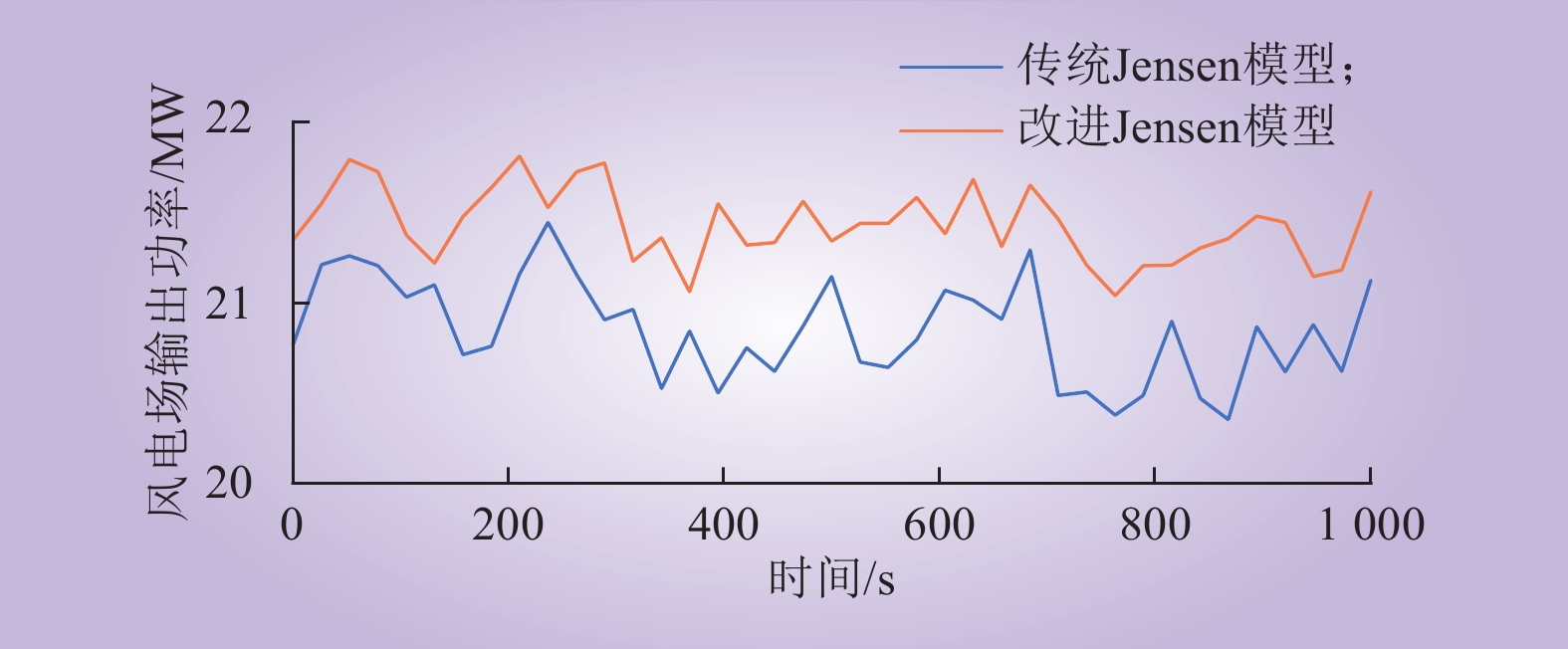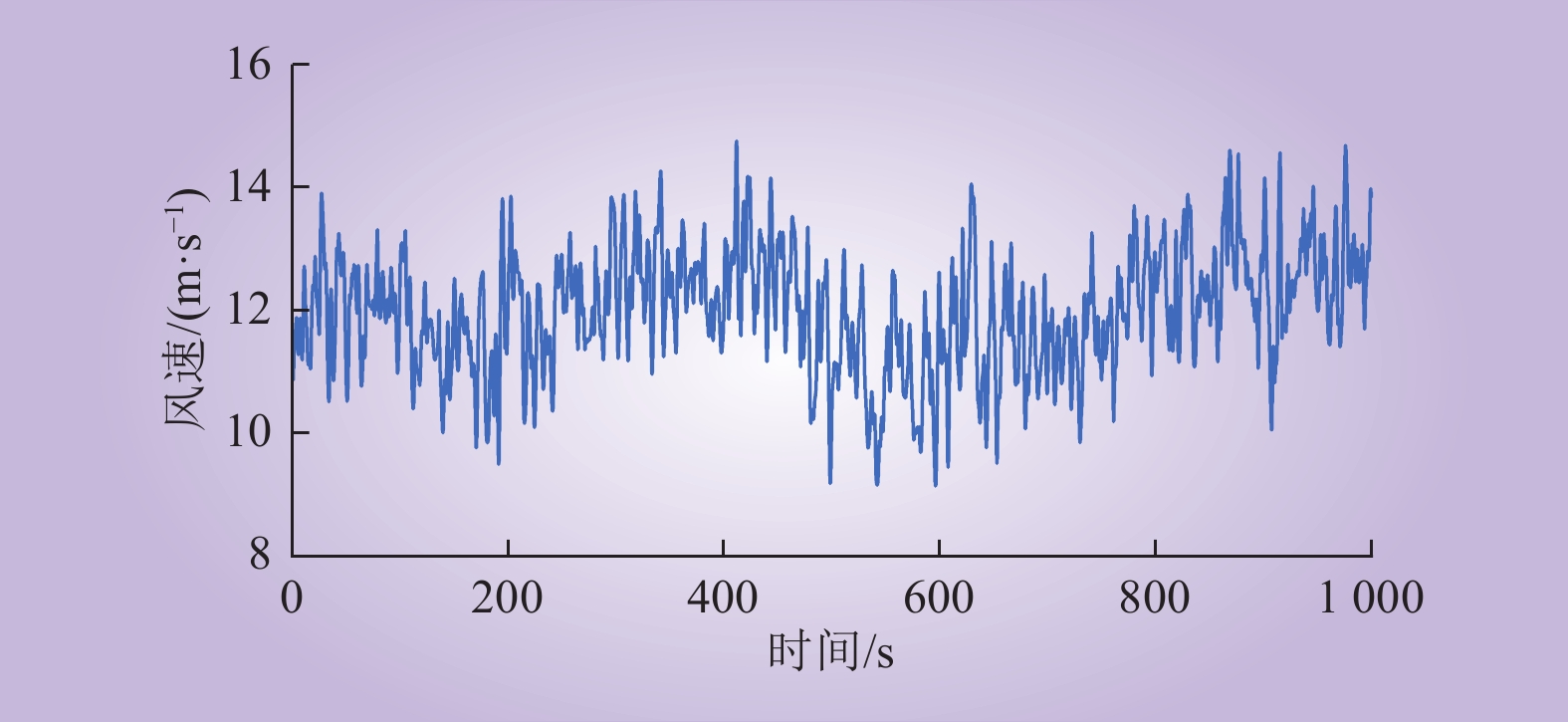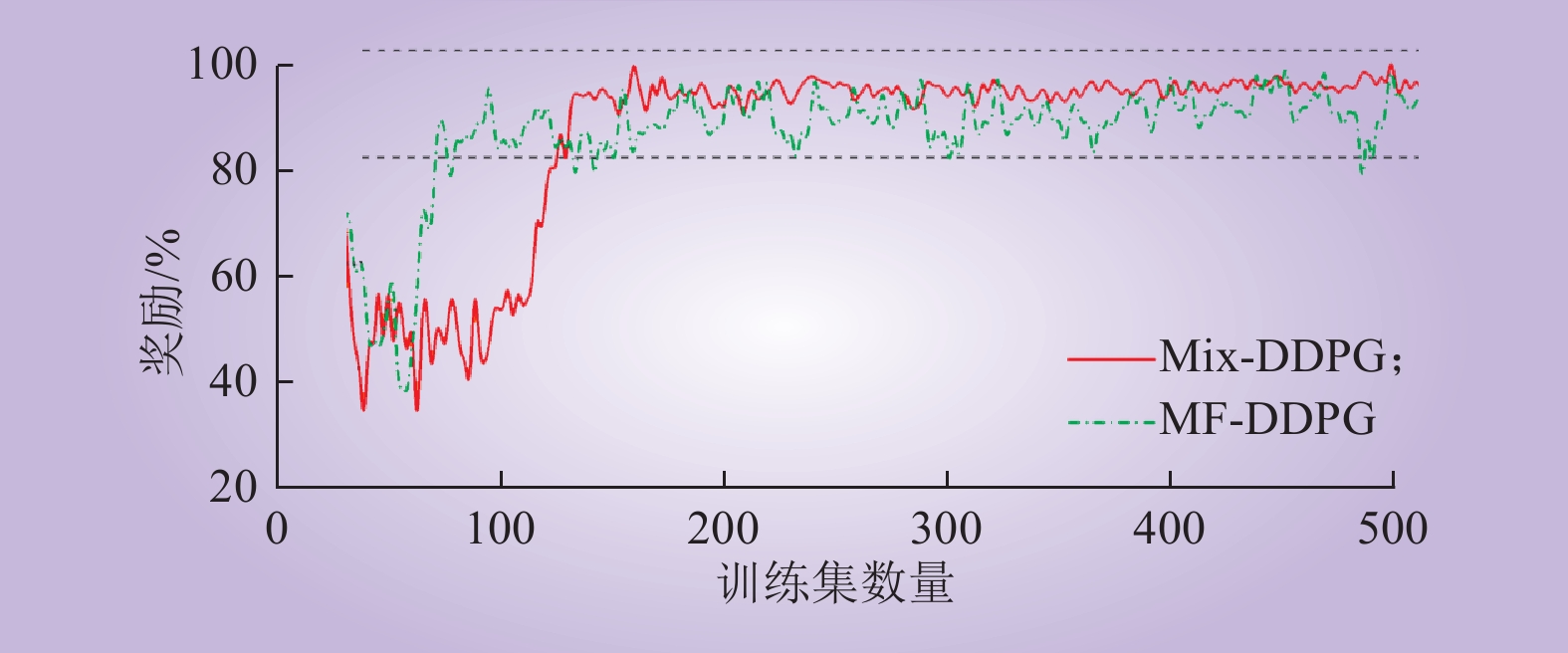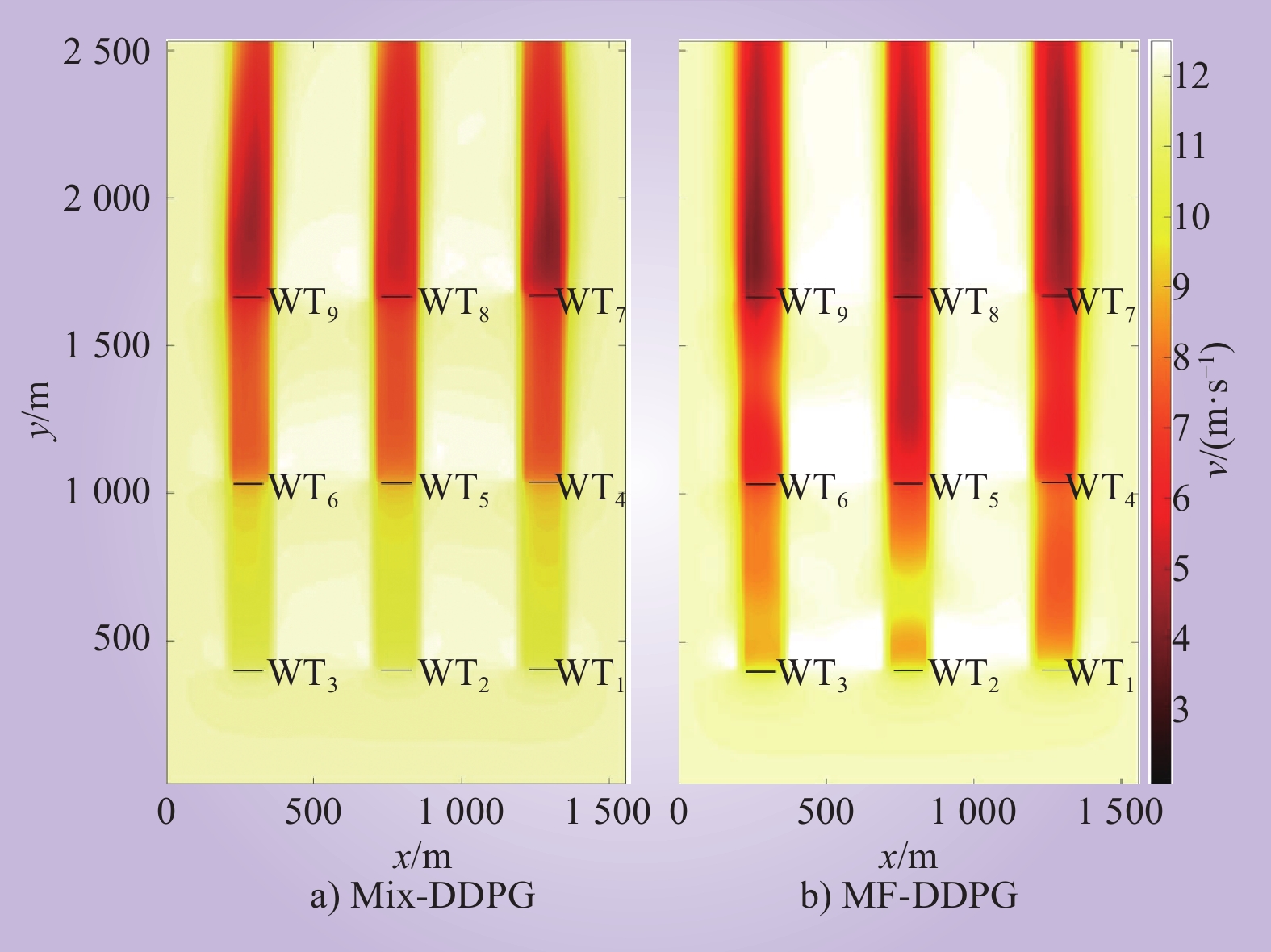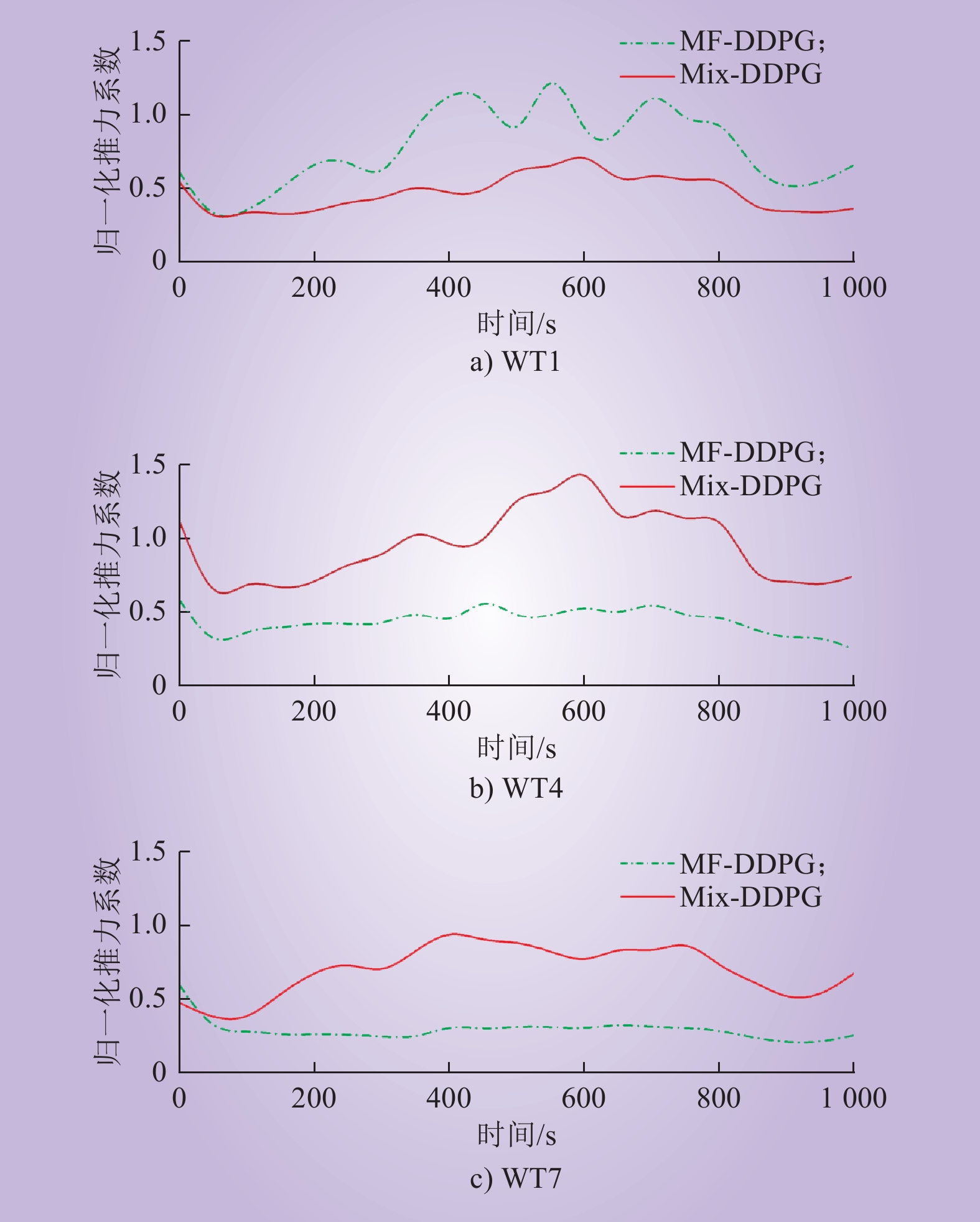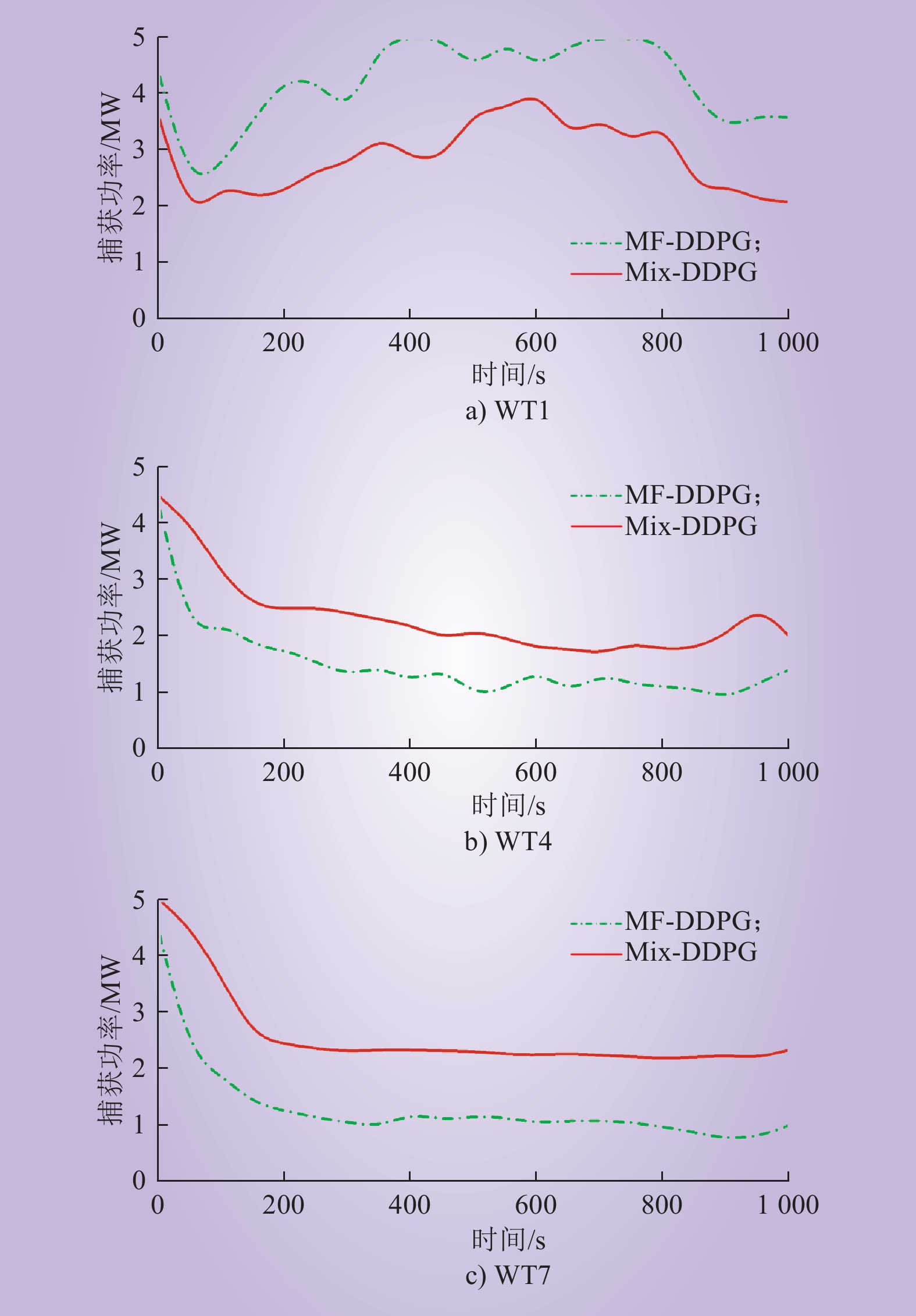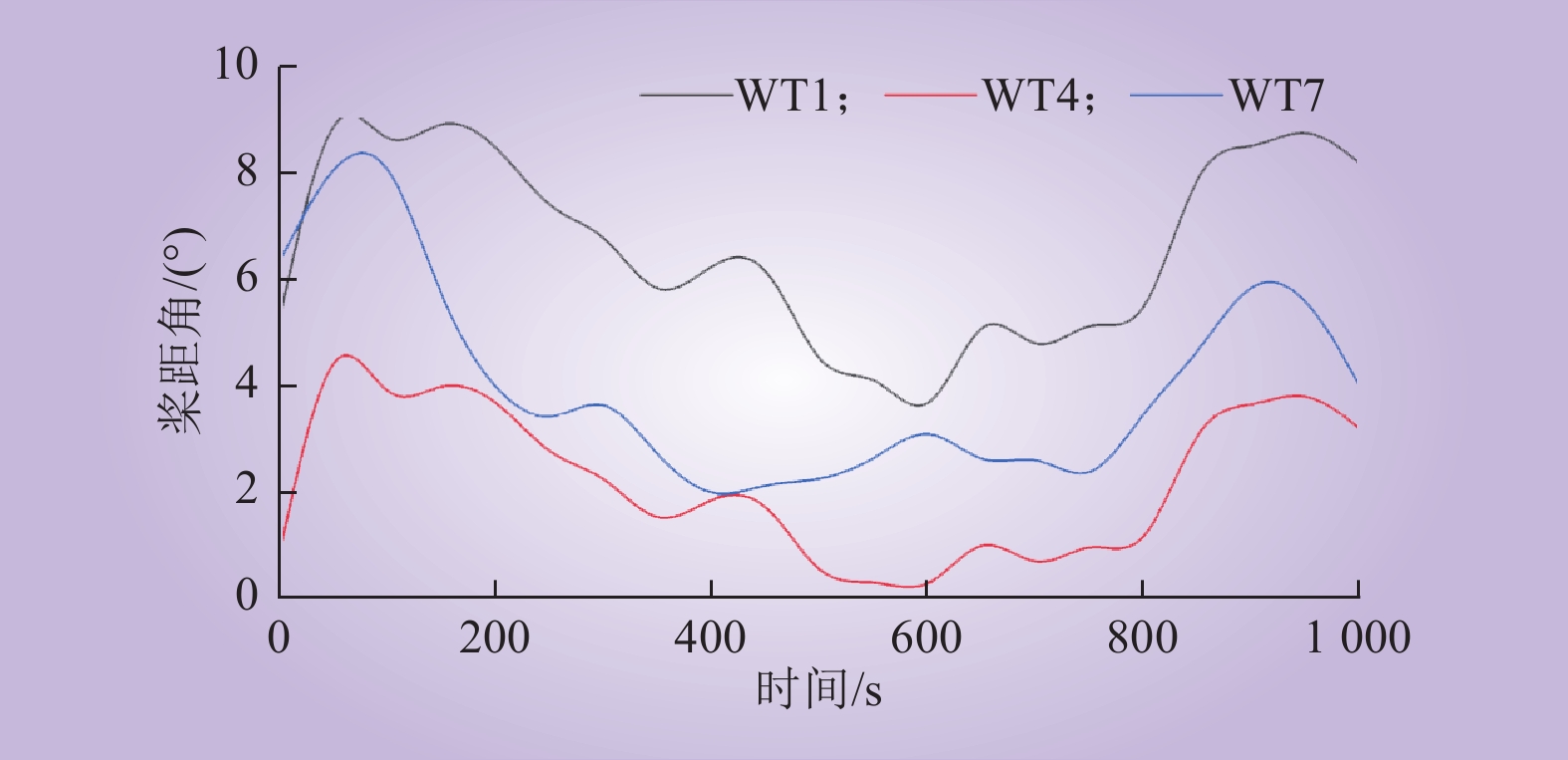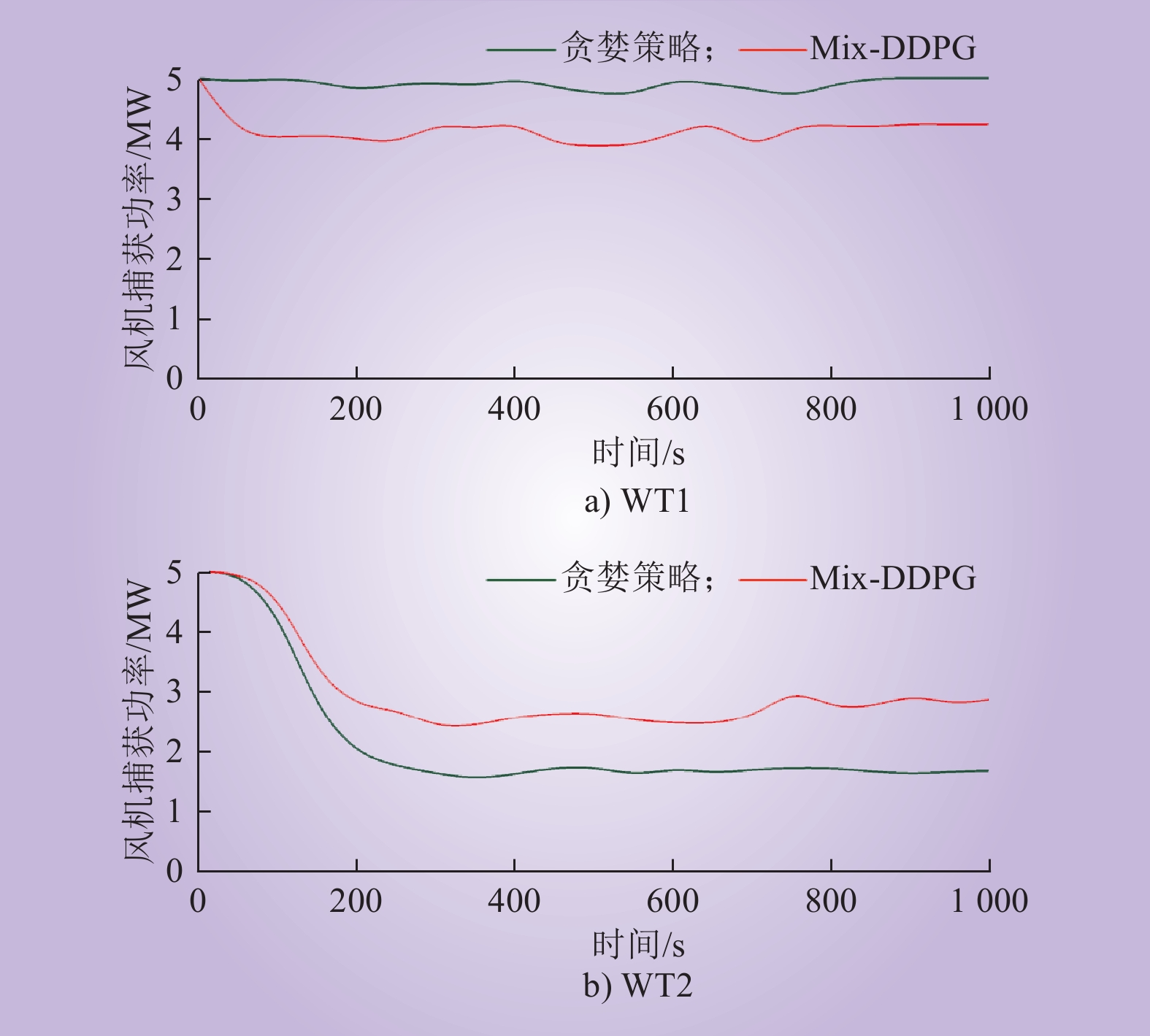| 1 |
BOLINGER M, WISER R. Understanding wind turbine price trends in the U. S. over the past decade[J]. Energy Policy, 2012, 42, 628- 641.
DOI
|
| 2 |
王俊, 段斌, 苏永新. 基于尾流效应的海上风电场有功出力优化[J]. 电力系统自动化, 2015, 39 (4): 26- 32, 75.
DOI
|
|
WANG Jun, DUAN Bin, SU Yongxin. Optimization of active power output in offshore wind farms based on wake effect[J]. Automation of Electric Power Systems, 2015, 39 (4): 26- 32, 75.
DOI
|
| 3 |
刘玉山, 胡阔海, 王灵梅, 等. 考虑尾流效应的风电场输出功率优化[J]. 可再生能源, 2023, 41 (10): 1336- 1342.
DOI
|
|
LIU Yushan, HU Kuohai, WANG Lingmei, et al. Optimization of wind farm output power considering wake effect[J]. Renewable Energy Resources, 2023, 41 (10): 1336- 1342.
DOI
|
| 4 |
高丙团, 胡正阳, 张磊, 等. 考虑尾流效应的风电场减载出力优化控制[J]. 可再生能源, 2018, 36 (1): 117- 125.
DOI
|
|
GAO Bingtuan, HU Zhengyang, ZHANG Lei, et al. De-loading optimal control of wind farm based on wake effect[J]. Renewable Energy Resources, 2018, 36 (1): 117- 125.
DOI
|
| 5 |
朱成名, 魏云冰, 蒋成成, 等. 基于PSO-BP神经网络的风电功率备用容量估计模型[J]. 电子科技, 2021, 34 (12): 36- 41.
|
|
ZHU Chengming, WEI Yunbing, JIANG Chengcheng, et al. Estimation model of wind power reserve capacity based on PSO-BP neural network[J]. Electronic Science and Technology, 2021, 34 (12): 36- 41.
|
| 6 |
DAR Z, KAR K, SAHNI O, et al. Windfarm power optimization using yaw angle control[J]. IEEE Transactions on Sustainable Energy, 2017, 8 (1): 104- 116.
DOI
|
| 7 |
VALI M, PETROVIĆ V, BOERSMA S, et al. Adjoint-based model predictive control for optimal energy extraction in waked wind farms[J]. Control Engineering Practice, 2019, 84, 48- 62.
DOI
|
| 8 |
YIN X X, ZHAO X W. Deep neural learning based distributed predictive control for offshore wind farm using high-fidelity LES data[J]. IEEE Transactions on Industrial Electronics, 2020, 68 (4): 3251- 3261.
|
| 9 |
ZHOU Q, LI W B, LIU C B, et al. Strategy of wind farm participating in power system secondary frequency regulation based on model predictive control[C]//2021 IEEE Sustainable Power and Energy Conference (iSPEC). Nanjing, China. IEEE, 2021: 524-531.
|
| 10 |
AHMAD M, AZUMA S I, SUGIE T. A model-free approach for maximizing power production of wind farm using multi-resolution simultaneous perturbation stochastic approximation[J]. Energies, 2014, 7 (9): 5624- 5646.
DOI
|
| 11 |
ZHIWEI X, HUA G, BING C. Model-free power optimization of wind farm based on nelder-mead method [M]. 2020.
|
| 12 |
VIJAYSHANKAR S, STANFEL P, KING J, et al. Deep reinforcement learning for automatic generation control of wind farms[C]//2021 American Control Conference (ACC). New Orleans, LA, USA. IEEE, 2021: 1796–1802.
|
| 13 |
YAO Q, ZHANG Y M, SUN S X, et al. Optimization of energy efficiency for offshore wind farms via wake modeling-free NMPC[J]. Ocean Engineering, 2024, 305, 117923.
DOI
|
| 14 |
DONG H Y, ZHAO X W. Data-driven wind farm control via multiplayer deep reinforcement learning[J]. IEEE Transactions on Control Systems Technology, 2022, 31 (3): 1468- 1475.
|
| 15 |
DONG H Y, ZHANG J C, ZHAO X W. Intelligent wind farm control via deep reinforcement learning and high-fidelity simulations[J]. Applied Energy, 2021, 292, 116928.
DOI
|
| 16 |
HUANG Y B, LIN S Y, ZHAO X W. Multi-agent reinforcement learning control of a hydrostatic wind turbine-based farm[J]. IEEE Transactions on Sustainable Energy, 2023, 14 (4): 2406- 2416.
DOI
|
| 17 |
袁飞. 风电场常用工程尾流模型对比与分析[J]. 能源与节能, 2023, (11): 37- 41,58.
DOI
|
|
YUAN Fei. Comparison and analysis of commonly used engineering wake models in wind farms[J]. Energy and Energy Conservation, 2023, (11): 37- 41,58.
DOI
|
| 18 |
朱洁, 匡婵, 赵宜婵. 基于Jensen和Gaussian尾流模型的风电场布局优化的比较[J]. 河南科学, 2021, 39 (3): 345- 352.
DOI
|
|
ZHU Jie, KUANG Chan, ZHAO Yichan. Comparison of wind farm layout optimizations based on Jensen and Gaussian wake models[J]. Henan Science, 2021, 39 (3): 345- 352.
DOI
|
| 19 |
ARCHER C L, VASEL-BE-HAGH A, YAN C, et al. Review and evaluation of wake loss models for wind energy applications[J]. Applied Energy, 2018, 226, 1187- 1207.
DOI
|
| 20 |
XU C, YIN M H, LI Q, et al. Wind farm power maximization based on analytical sensitivity model considering wake effect[J]. Electric Power Systems Research, 2023, 224, 109734.
DOI
|
| 21 |
SERRANO GONZÁLEZ J, BURGOS PAYÁN M, RIQUELME SANTOS J, et al. Maximizing the overall production of wind farms by setting the individual operating point of wind turbines[J]. Renewable Energy, 2015, 80, 219- 229.
DOI
|
| 22 |
ZHANG H Q, MA H B, ZHANG X F, et al. An efficient and lightweight off-policy actor–critic reinforcement learning framework[J]. Applied Soft Computing, 2024, 163, 111814.
DOI
|
| 23 |
李强, 邹小明, 任必兴, 等. 基于Actor-Critic框架的风机换流器参数优化策略[J]. 现代电力, 1–10[2025-04-09]. http://doi.org/10.19725/j.cnki.1007-2322.2023.0310.
|
|
LI Qiang, ZOU Xiaoming, REN Bixing, et al. Parameter optimization strategy for wind generator converters based on actor-critic framework[J]. Modern Electric Power, 2024, 1–10[2025-04-09]. http://doi.org/10.19725/j.cnki.1007-2322.2023.0310.
|
| 24 |
BOERSMA S. Towards closed-loop dynamical wind farm control: model development and control applications [D]. Delft: Delft University of Technology, 2019.
|
| 25 |
NREL. NREL 5-MW baseline wind turbine[EB/OL]. https://nrel.github.io/turbine-models/NREL_5MW_126_RWT.html.
|


